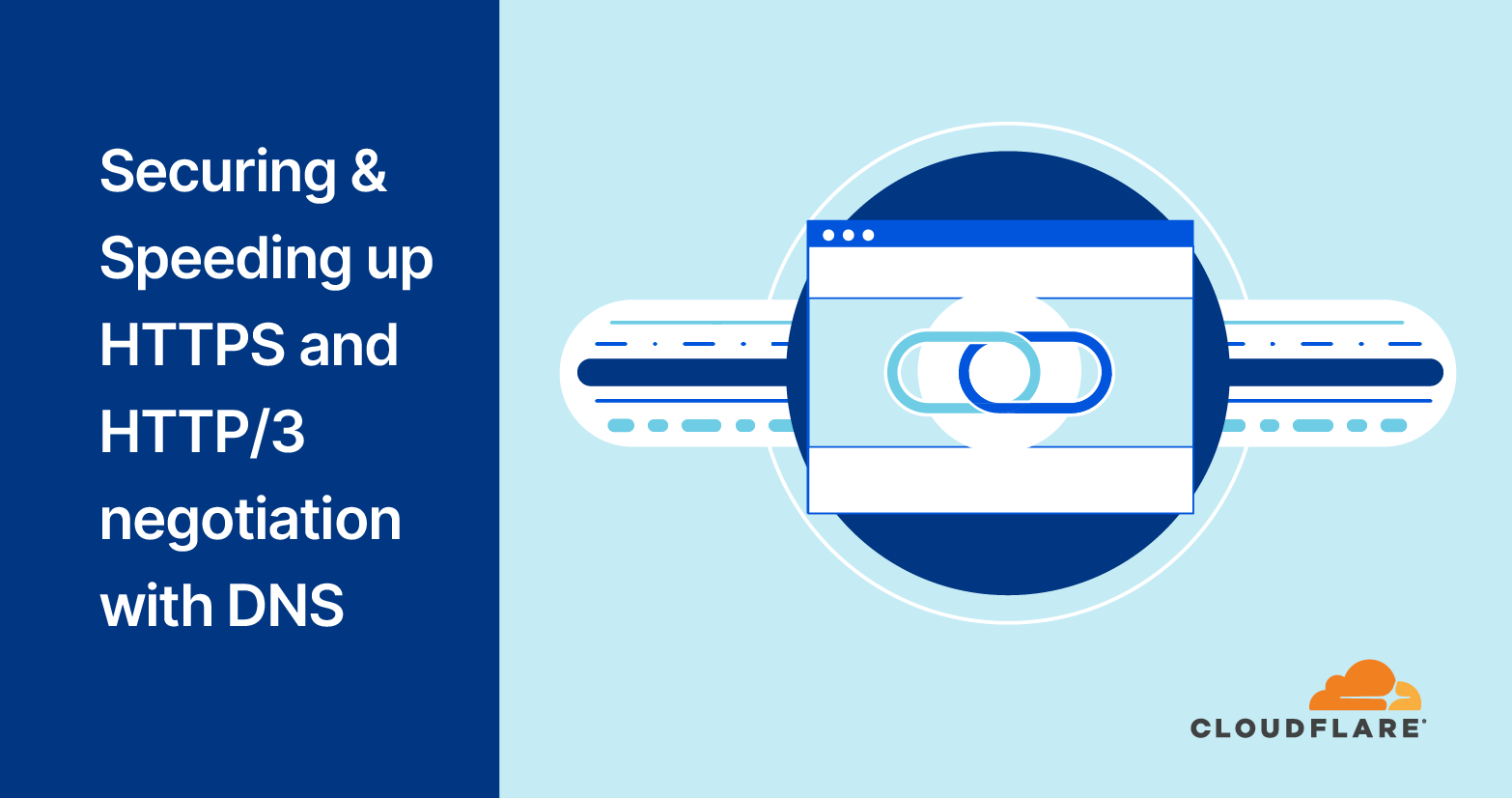Python Pieces: PyEnv and Venvs
In my last post, we talked about PyEnv and how it can help manage your local Python environments. As it turns out it can also help you manage virtual environments as well! However – pursuing this functionality took me down a rabbit hole that was a bit deeper than expected. The way that PyEnv works causes some behaviors (and on my end assumptions) to change which made me start questioning some of the things that I’ve always just taken for granted. In other words – prepare yourself to go down the rabbit hole with me.
At first glance PyEnv promised the same sort of awesome automagically context switching craziness that we saw previously work with Python versions. However – the virtual environment management implementation with PyEnv felt rather foreign (and maybe a little clunky?) to me. Most notably, as I pointed out in my last post, the .zshrc alias provided to make the auto activation piece work slows down my terminal immensely which is why I omitted using it. A slow terminal is about the worst thing I can think of…
That said – I still think it’s worth reviewing what it can offer so you can Continue reading






